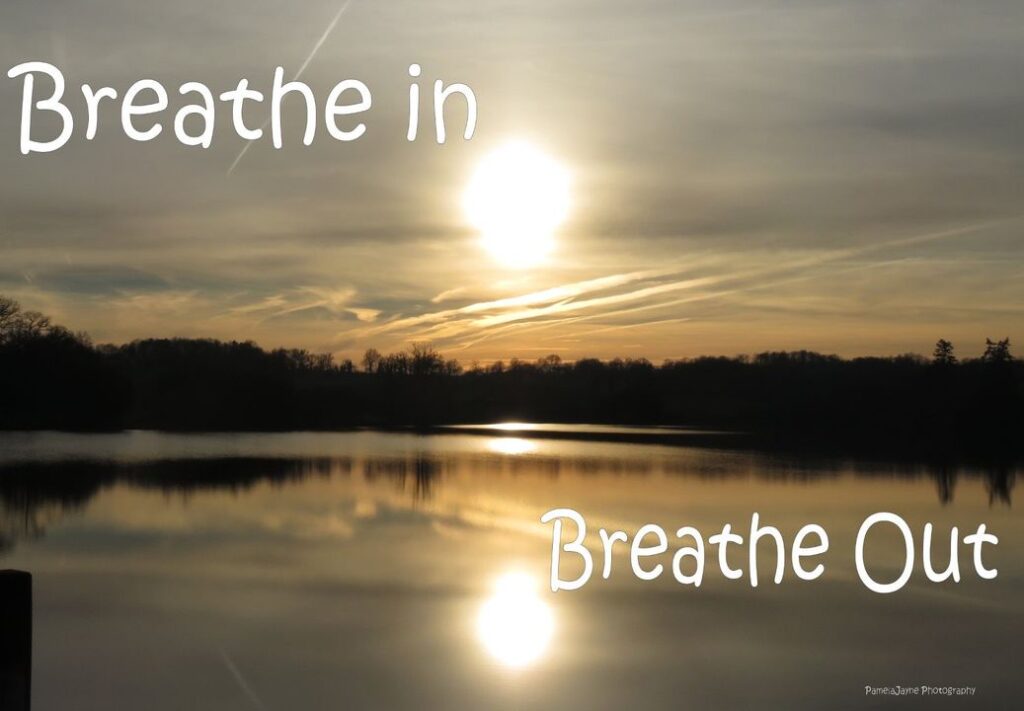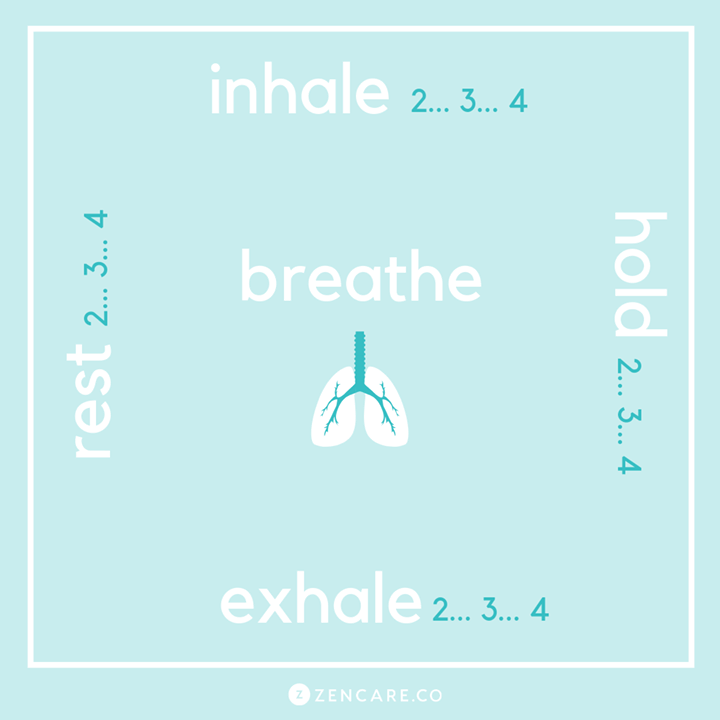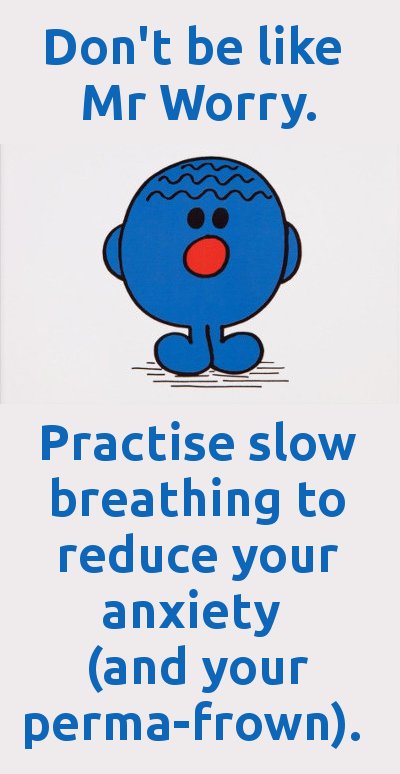HOLISTICALLY YOURS·MONDAY, 30 MARCH 2020·

Part 4 introduces a couple of simple breathing exercise that can help to relax and calm the mind and body!
Since writing these articles, changes to our lives have happened that no one could forsee…I hope that by sharing my last JBI – JBO with you, it could potentially help with stress and anxiety that you may feel is not under control at the moment. Maybe your sleep pattern is out of whack or maybe you just feel that sometimes you need to go to bed and sleep without worrying – I hope that maybe the exercises below could help out!
Breathing is more than an exercise to take on as a challenge, it is a part of us that we can control and help us feel in control of ourselves! Taking time out for our wellbeing right now is essential, adopting a healthy routine for your mind, body and soul is a good practise…don’t beat yourself up if you feel low and need a hug, or you don’t want to go out for that daily walk, or even you just want to sit and watch TV – it’s natural, these are indeed strange times and I think we are all feeling a little discombobulated right now!
The Simple Principles of Proper Breathing
Breathe through the nose. Every breath you take should go in and out through the nose. …
Breathe with the diaphragm. The air you breathe in through your nose should go all the way down in your tummy………
Breathe relaxed – Breathe rhythmically –
Breathe silently
Advantages of deep breathing exercises
Natural painkiller
Improves blood flow
Increases energy level
Improves posture
Reduces inflammation
It detoxifies the body
Stimulates lymphatic system
Improves digestion
Breathing techniques to try
Square Breathing:
Square breathing is a type of breathwork that can shift your energy, connect you more deeply with your body, calm your nervous system, and decrease stress in your body. It is also referred to as box breathing, 4×4 breathing, and 4-part breath.
Square breathing, is a technique used when taking slow, deep breaths. It can heighten performance and concentration as well as being a powerful stress reliever. This technique can be beneficial to anyone, especially those who want to meditate or reduce stress. You may find it particularly helpful if you have a lung disease such as chronic obstructive pulmonary disease (COPD).
Intentional deep breathing can actually calm and regulate the autonomic nervous system This system regulates involuntary body functions such as temperature. It can lower blood pressure and provide an almost immediate sense of calm.
The slow holding of breath allows CO2 to build up in the blood. An increased blood CO2 enhances the cardio-inhibitory response of the vagus nerve when you exhale and stimulates your parasympathetic system. This produces a calm and relaxed feeling in the mind and body.It can reduce stress and improve your mood. That makes it an exceptional treatment for conditions such as generalized anxiety disorder, panic disorder, PTSD, and also depression.It can also help treat insomnia by allowing you to calm your nervous system at night before bed. It could be efficient at helping with pain management.
Getting started with Square breathing

Before you get started, make sure that you’re seated upright in a comfortable chair with your feet flat on the floor.
Try to be in a stress-free, quiet environment where you can focus on your breathing.
Keeping your hands relaxed in your lap with your palms facing up, focus on your posture.
You should be sitting up straight. This will help you take deep breaths.
How to:
Step 1: Slowly exhale
Sitting upright, slowly exhale through your mouth, getting all the oxygen out of your lungs.
Focus on this intention and be conscious of what you’re doing.
Step 2: Slowly inhale
Inhale slowly and deeply through your nose to the count of four. In this step, count to four very slowly in your head.
Feel the air fill your lungs, one section at a time, until your lungs are completely full and the air moves into your abdomen.
Step 3: Hold your breath
Hold your breath for another slow count of four.
Step 4: Exhale again
Exhale through your mouth for the same slow count of four, expelling the air from your lungs and abdomen.
Be conscious of the feeling of the air leaving your lungs
Step 5: Hold your breath again
Hold your breath for the same slow count of four before repeating this process.
4-7-8 Breathing
The 4-7-8 breathing technique, also known as “relaxing breath,” involves breathing in for 4 seconds, holding the breath for 7 seconds, and exhaling for 8 seconds.
This breathing pattern aims to reduce anxiety or help people get to sleep as there is a lot of anecdotal evidence to suggest that this type of deep, rhythmic breathing is relaxing and may help ease people into sleep.
There is nothing to be lost by trying it if you have problems with insomnia or falling asleep – it really helps clear the mind of anything else!
What is 4-7-8 breathing?
The 4-7-8 breathing technique is a breathing pattern developed by Dr. Andrew Weil. It’s based on an ancient yogic technique called pranayama, which helps practitioners gain control over their breathing.
The 4-7-8 breathing technique requires a person to focus on taking a long, deep breath in and out. Rhythmic breathing is a core part of many meditation and yoga practices as it promotes relaxation. This breathing technique can also aid in…
Reducing anxiety
Helping a person get to sleep
Managing cravings
Controlling or reducing anger responses
Practicing the 4-7-8 breathing technique, can help with reducing anxiety and falling asleep.
How to do it:
Before starting the breathing pattern, adopt a comfortable sitting position and place the tip of the tongue on the tissue right behind the top front teeth.
To use the 4-7-8 technique, focus on the following breathing pattern:
Empty the lungs of air
Breathe in quietly through the nose for 4 seconds
Hold the breath for a count of 7 seconds
Exhale forcefully through the mouth, pursing the lips and making a “whoosh” sound, for 8 seconds
Repeat the cycle up to 4 times…whenever you feel the need, at night before heading to bed is a good way to start relaxing and emptying the mind!

Over time and with repeated practice, proponents of 4-7-8 breathing say it becomes more and more powerful. It’s said that at first, its effects aren’t as apparent.
You might feel a little lightheaded the first time you try it. Practicing 4-7-8 breathing at least twice per day could yield greater results for some people than for those who only practice it once.
I hope these two exercises help, there are of course more to look at but these are two of my personal favourites and have used them both, I would say it is good to pick one and master it, before you try another one.
Once you know you can do one well, you can work with your breathing at anytime and anyplace.
Take care and look after yourselves..




